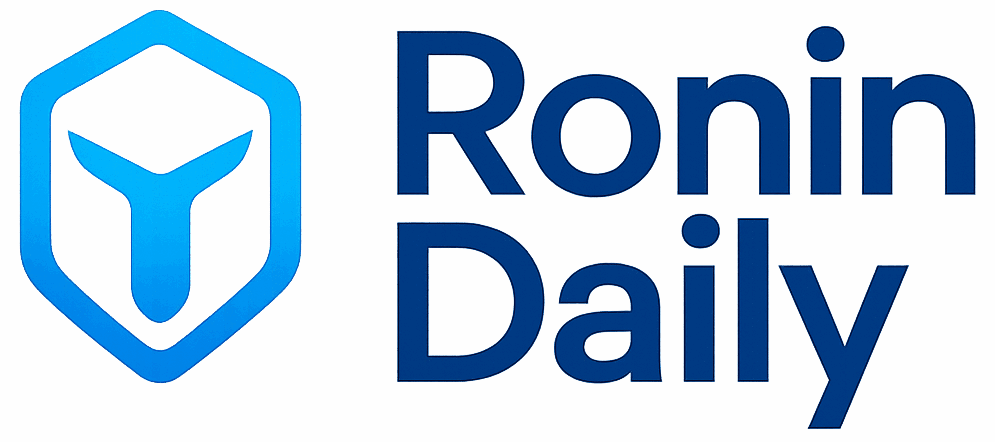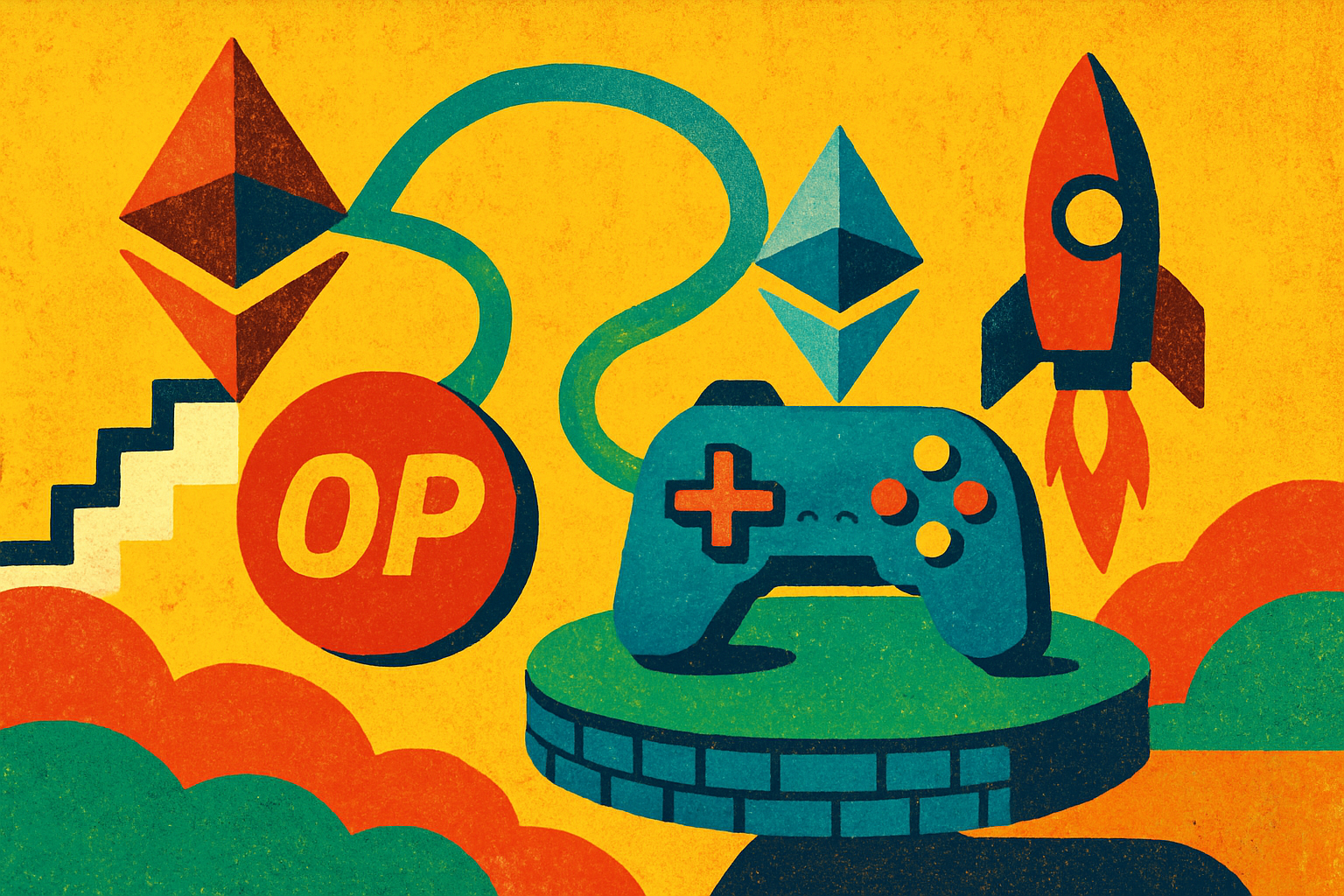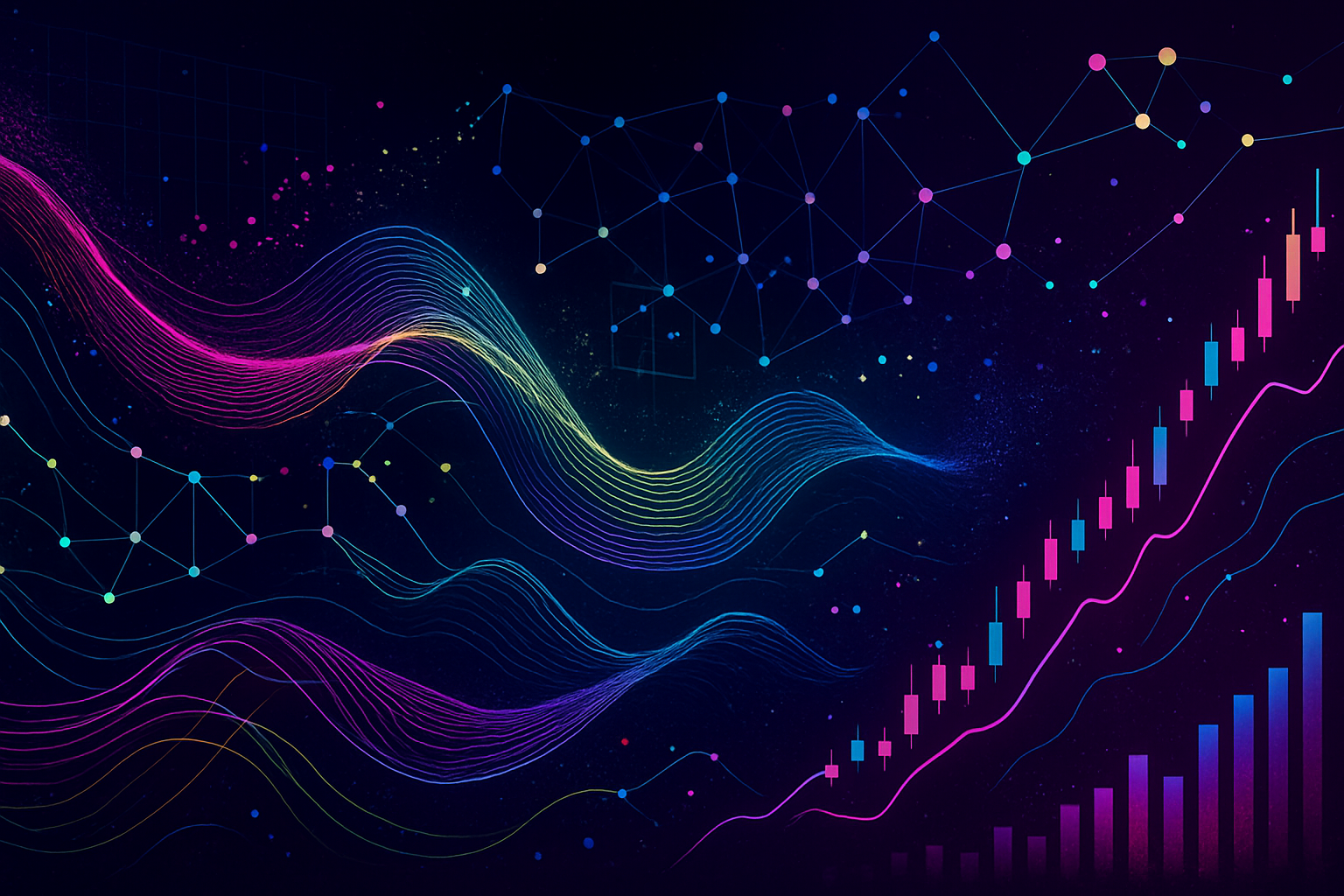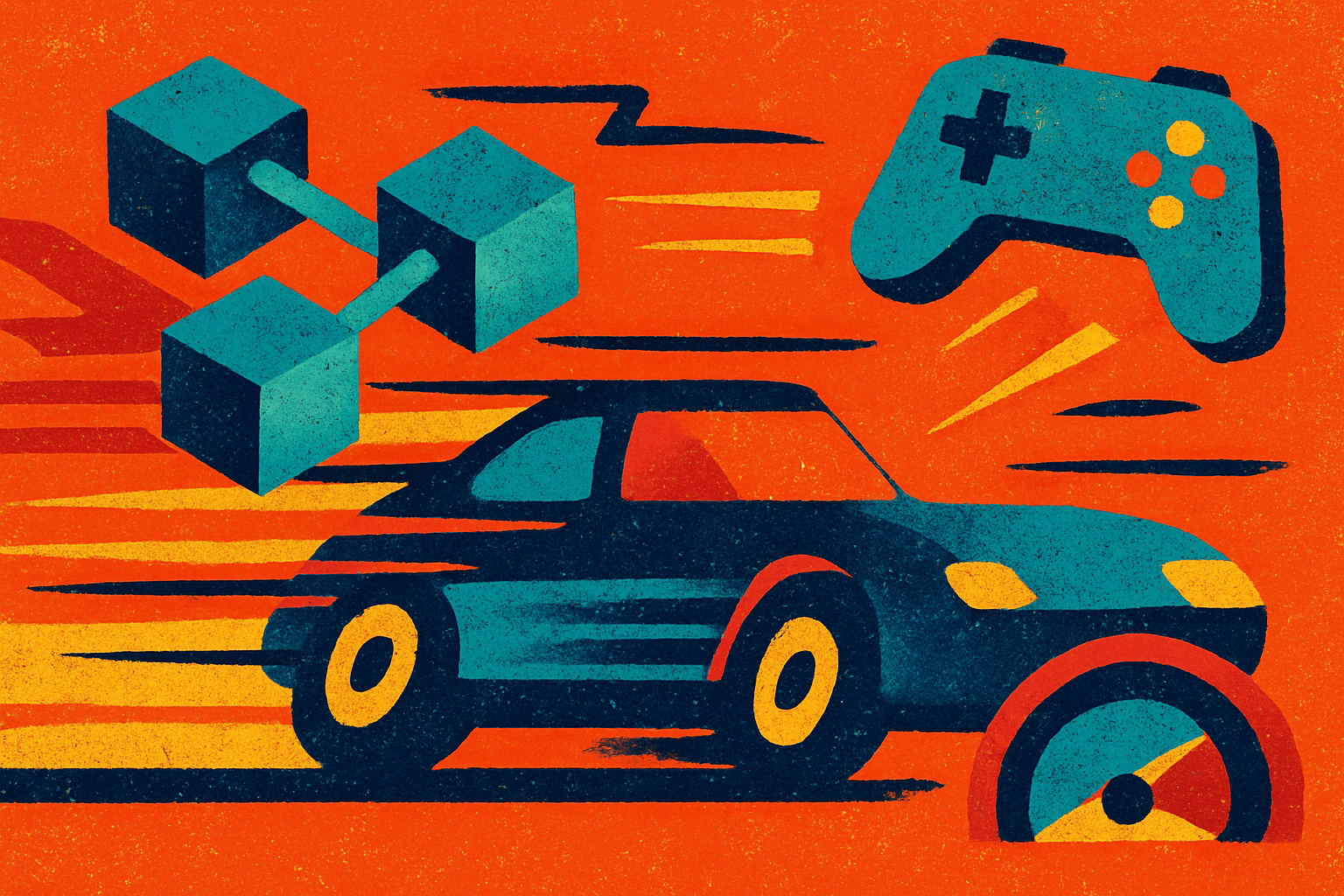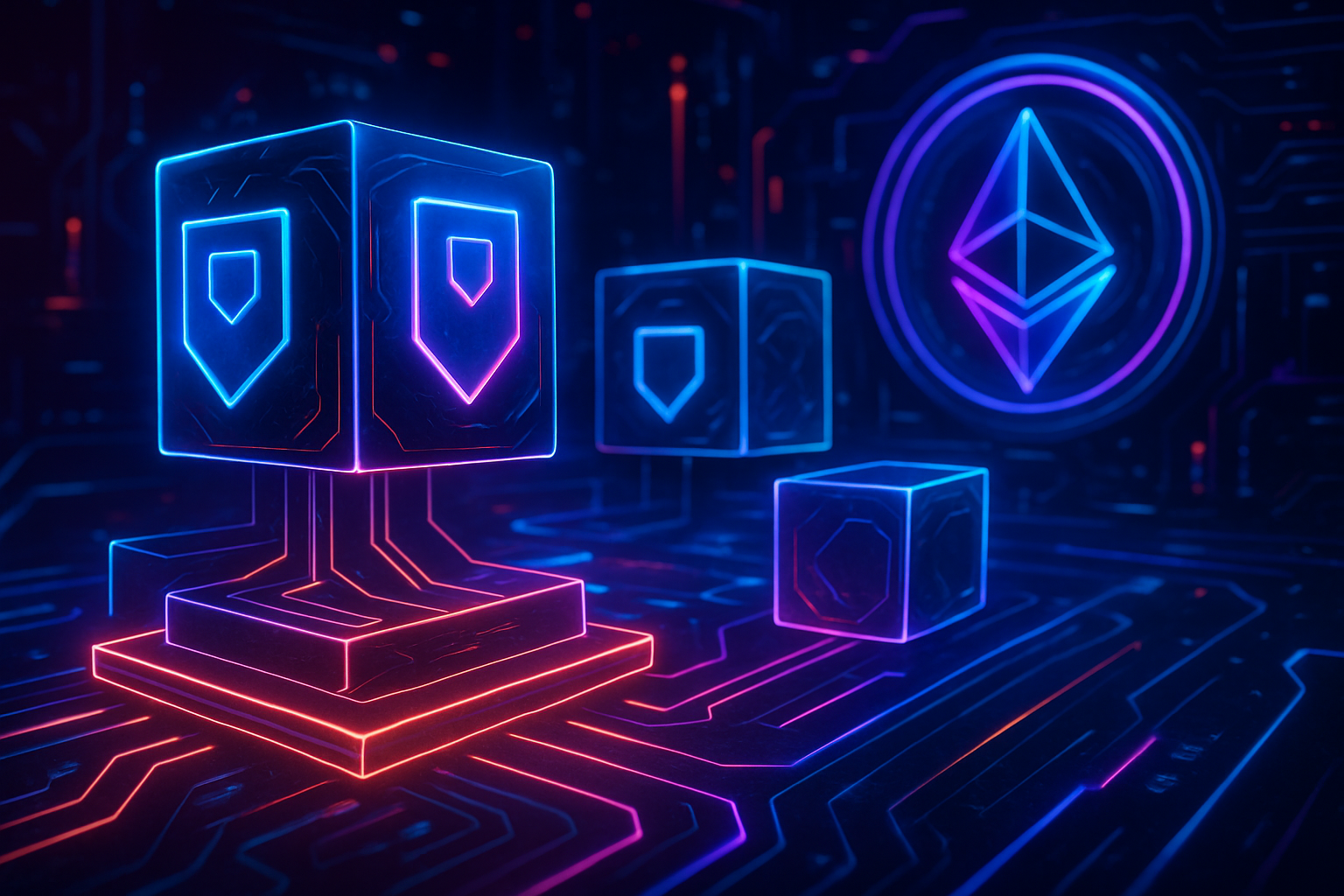
Ronin Network is setting the pace for onchain gaming by making a bold leap: transitioning from its role as a standalone sidechain to becoming an Ethereum-aligned Layer 2 (L2) solution. With the migration targeted for completion between Q1 and Q2 of 2026, this move is more than a technical upgrade, it’s a strategic bet on scalability, security, and the future of blockchain-powered games. As of now, Ronin (RON) trades at $0.4788, reflecting steady interest as the ecosystem gears up for its most ambitious evolution yet.
![]()
Why Ronin’s Shift to Ethereum L2 Is a Game Changer
Ronin’s rise began as the backbone for Axie Infinity, but the network’s ambitions have outgrown its original sidechain architecture. By embracing an Ethereum-aligned L2 model, Ronin aims to combine its gaming-first DNA with battle-tested security and liquidity from Ethereum. The migration leverages Optimism’s OP Stack, a modular toolkit that has already powered major networks like Coinbase’s Base, ensuring robust support and rapid rollout.
This shift isn’t just technical jargon; it’s about unlocking new possibilities for game developers and players alike:
Top Benefits of Ronin’s OP Stack Migration
-
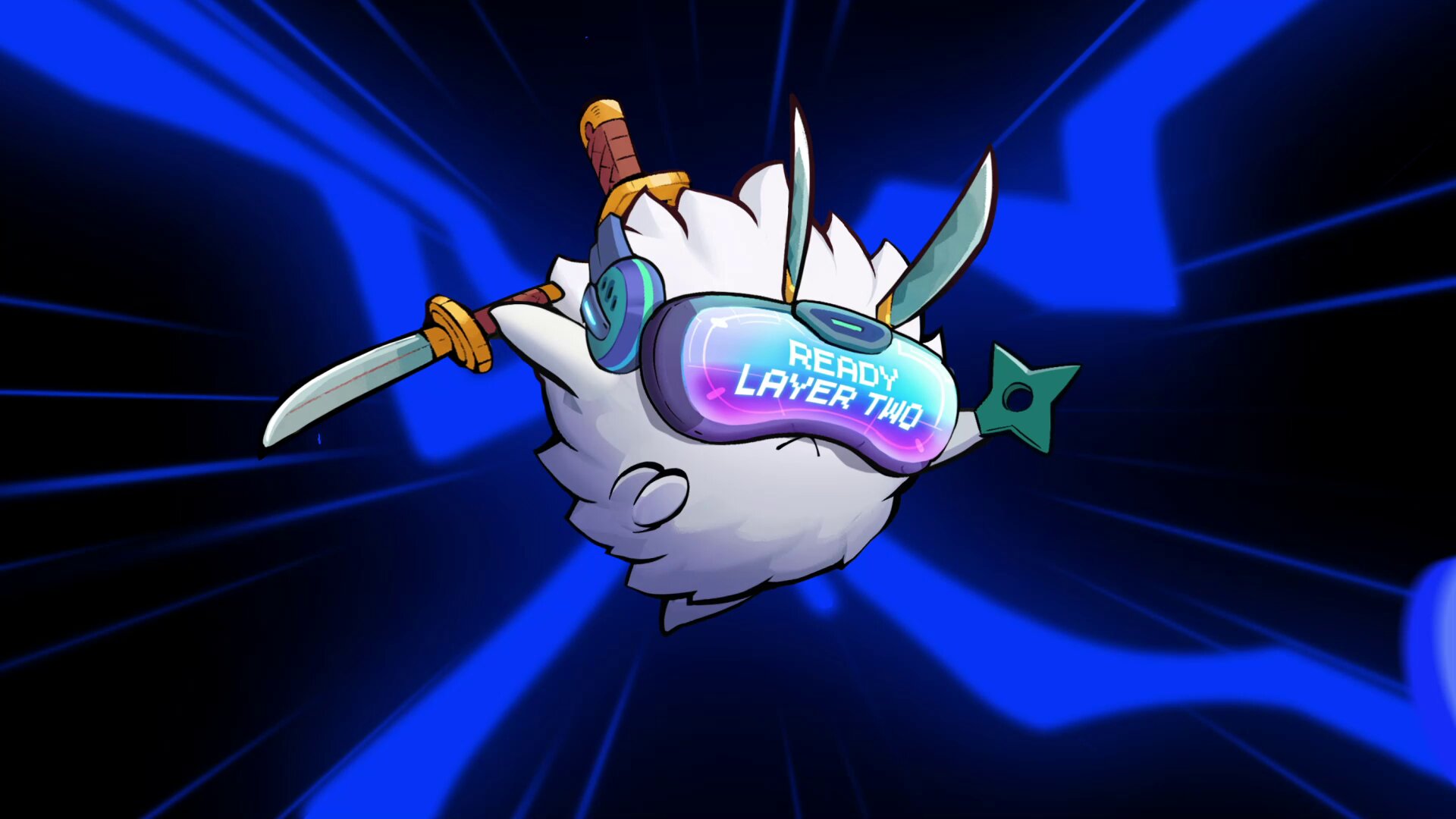
Significantly Faster Transactions for Gaming: By leveraging Optimism’s OP Stack and Polygon’s Chain Development Kit (CDK), Ronin is set to boost transaction speeds up to 12x—crucial for seamless, real-time onchain gaming experiences.
-
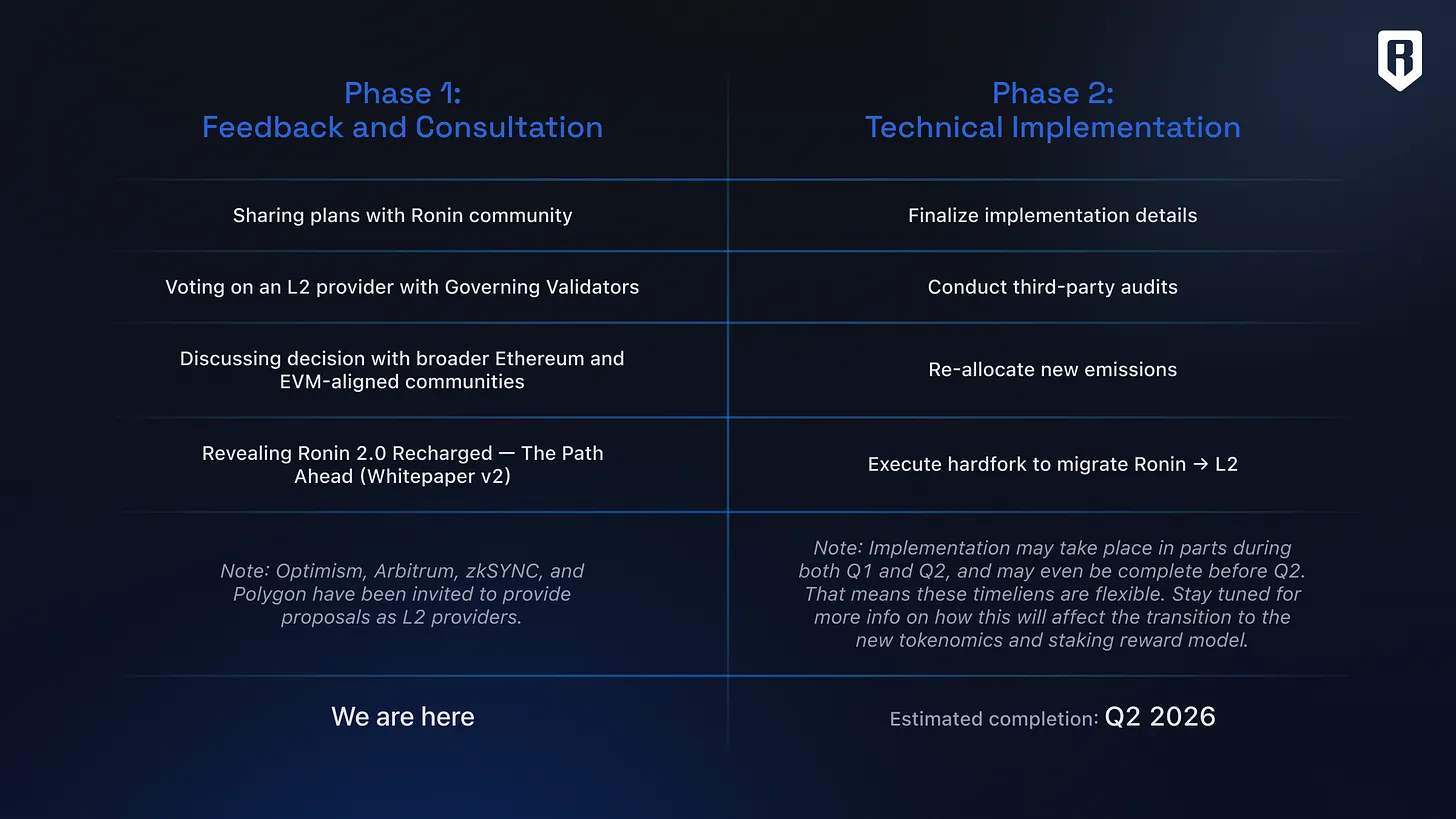
Lower Fees and Enhanced Scalability: The new Layer 2 architecture dramatically reduces transaction costs, making it more affordable for both gamers and developers to interact with blockchain games and applications.
-
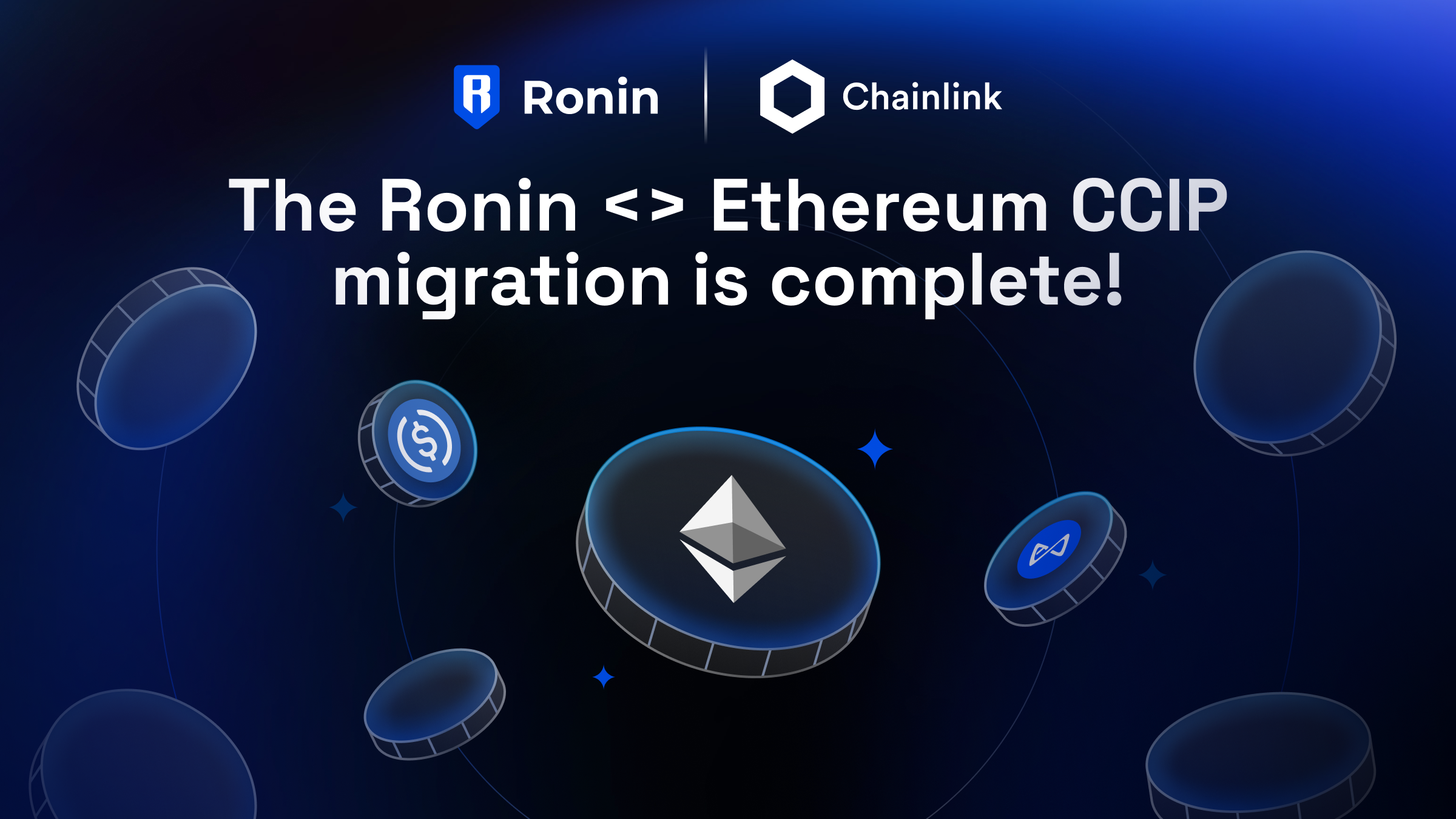
Ethereum-Grade Security: Migrating to an Ethereum-aligned Layer 2 means Ronin will inherit Ethereum’s robust security guarantees, protecting assets and gameplay from exploits common on isolated sidechains.
-
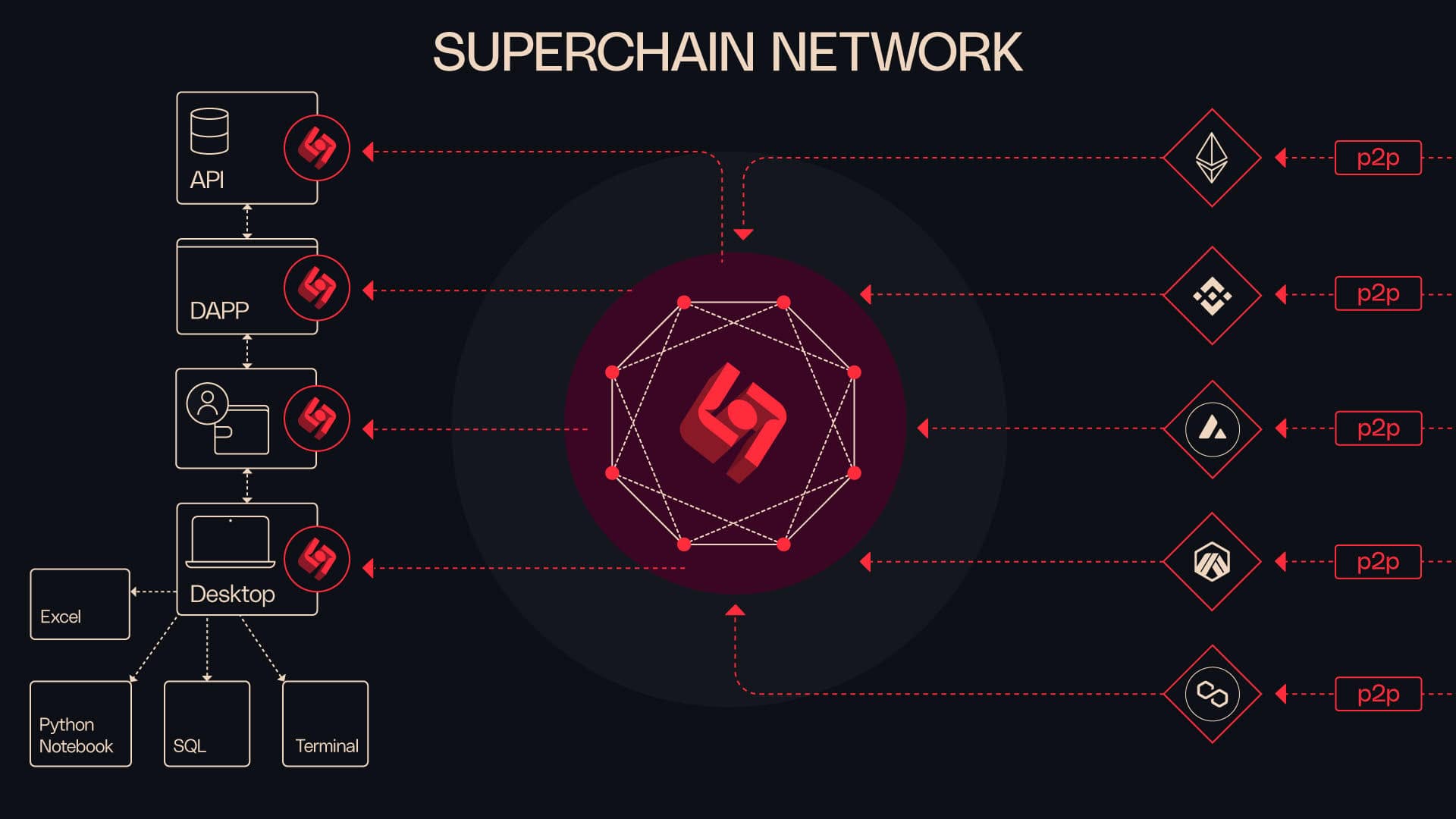
Interoperability with the Ethereum Ecosystem: As part of the Ethereum Superchain, Ronin will seamlessly connect with leading DeFi and gaming platforms, unlocking new opportunities for asset transfer and collaboration.
-
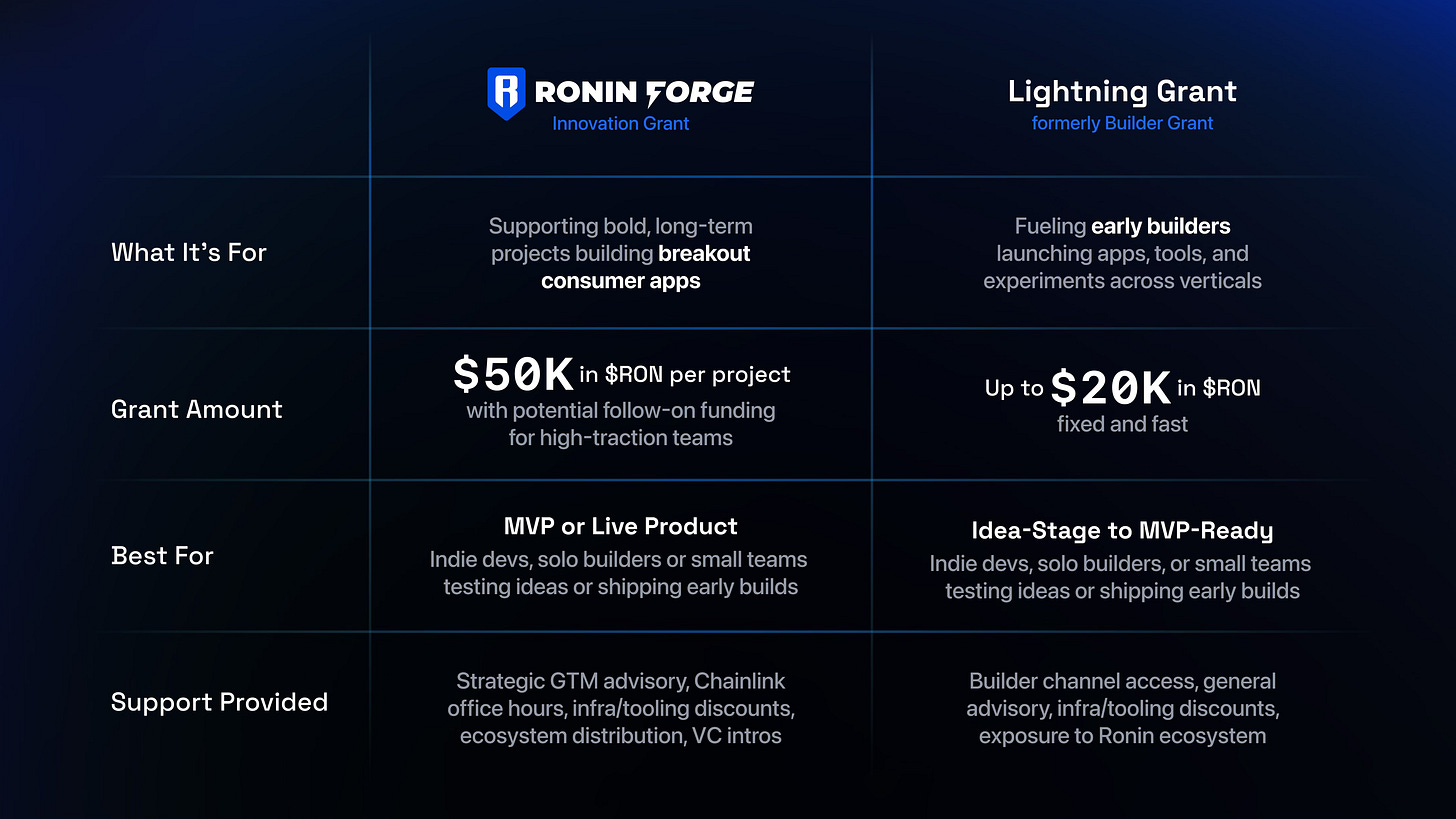
Innovative Rewards for Builders: The introduction of the Proof-of-Distribution model incentivizes long-term developers and content creators, fostering sustainable growth and high-quality game development.
-
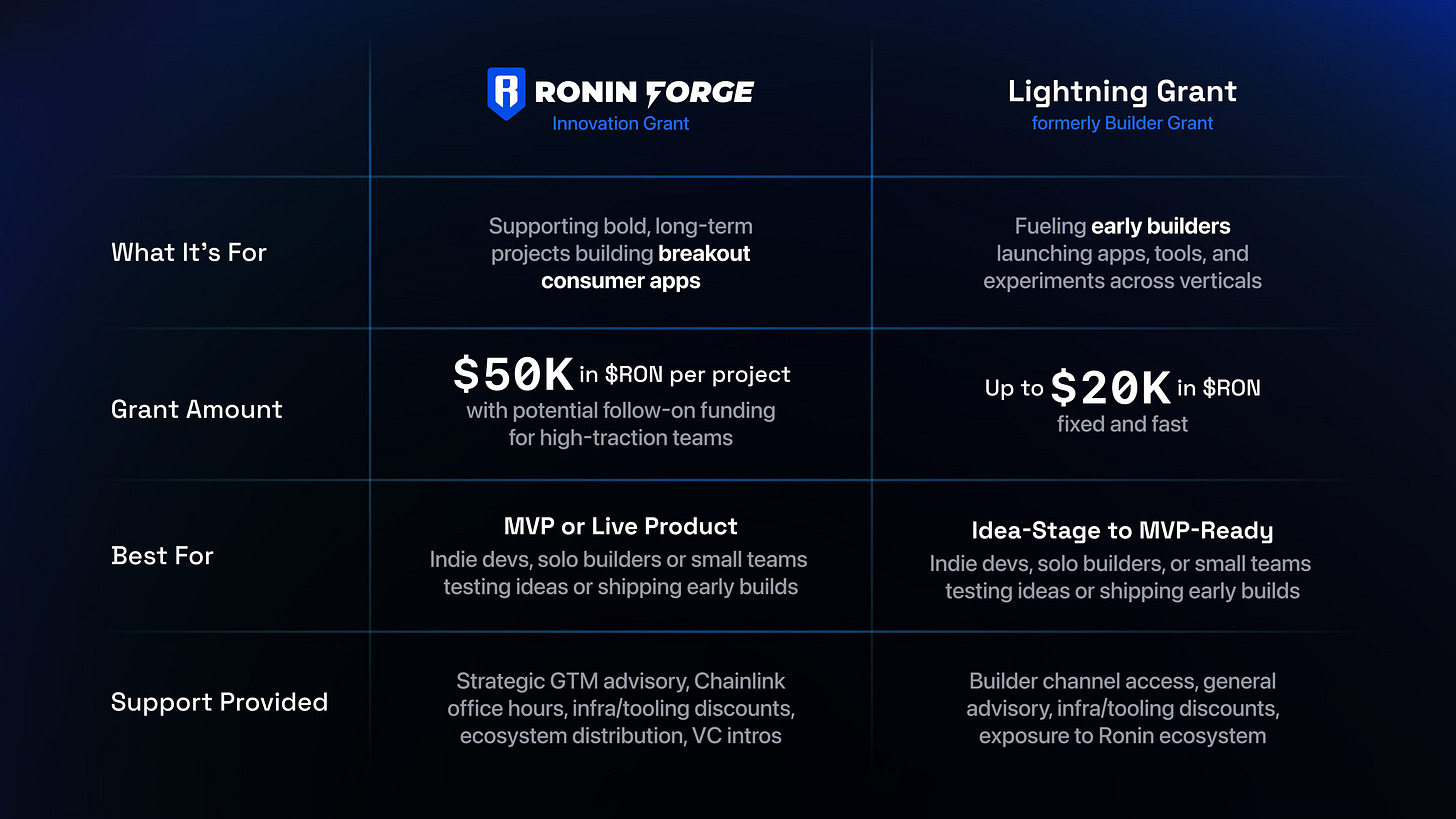
Native Gas Token Advantage: Ronin will continue using RON (currently priced at $0.4788) as its native gas token, allowing users to benefit from low fees without needing ETH for transactions.
Crucially, Ronin will retain RON as its native gas token even after adopting rollup architecture. This means users benefit from Ethereum-grade security without needing to pay fees in ETH, a significant UX win that keeps onboarding friction low.
The Technical Roadmap: Rollups, zkEVM, and Supercharged Performance
The transition is meticulously mapped out in several key phases:
- Rollup Integration: Ronin will post transaction data directly to Ethereum, inheriting mainnet-level security while maintaining high throughput for games.
- Zero-Knowledge Proofs and zkEVM: The adoption of zero-knowledge proof technology positions Ronin among the most advanced L2s. A zkEVM ensures full compatibility with existing Ethereum dApps while slashing costs and latency, critical for real-time gaming experiences.
- Polygon CDK Acceleration: By tapping Polygon’s Chain Development Kit (CDK), Ronin expects up to a 12x speed boost over current performance. For high-volume games like Axie Infinity, this means seamless gameplay without lag or bottlenecks.
- Proof-of-Distribution Tokenomics: A novel mechanism designed to reward long-term builders over short-term speculators, ensuring sustainable growth and greater alignment between developers and community stakeholders.
What This Means for Onchain Gaming Scalability
The implications are enormous. Onchain games demand lightning-fast transactions, low fees, and bulletproof security, requirements that often stretch existing networks thin. By aligning with Ethereum through an Optimism-powered rollup stack and integrating zkEVMs, Ronin Network Layer 2 is poised to deliver all three at scale.
This isn’t just theory, the numbers back it up. After migration, transaction speeds are projected to increase twelvefold while fees plummet. For developers building next-gen play-to-earn titles or immersive metaverse experiences, this means less time worrying about infrastructure limits, and more time creating unforgettable gameplay loops.
The move also positions Ronin within Ethereum’s broader “Superchain” vision, a universe where modular blockchains interoperate seamlessly around shared liquidity and tooling. With governing validators currently reviewing the final upgrade proposal ahead of the hardfork slated by mid-2026, momentum is building fast.
Ronin’s migration is also a signal to the broader industry: Layer 2 is now the gold standard for blockchain scalability. As more gaming projects and DeFi protocols seek Ethereum alignment, Ronin’s early adoption of the OP Stack and zkEVM tech could set a precedent for future migrations. The network’s open RFP process, drawing proposals from heavyweights like Arbitrum, Polygon, and ZKsync, demonstrates just how competitive and collaborative this new era of modular blockchains has become.
Sustainable Growth: RON Tokenomics and Proof-of-Distribution
With $0.4788 as the current price of RON, tokenomics are under the microscope. The upcoming Proof-of-Distribution model is designed to shift incentives away from short-term extraction toward long-term ecosystem building. Builders who contribute value over time will earn greater rewards, ensuring that both developers and active community members benefit as the network scales.
This approach not only aligns with Ethereum’s ethos of decentralization but also provides a blueprint for other L2s looking to foster sustainable growth. It’s a bold move that could make Ronin one of the most attractive networks for studios launching next-gen onchain games.
Key Features of Ronin’s Proof-of-Distribution for Builders
-
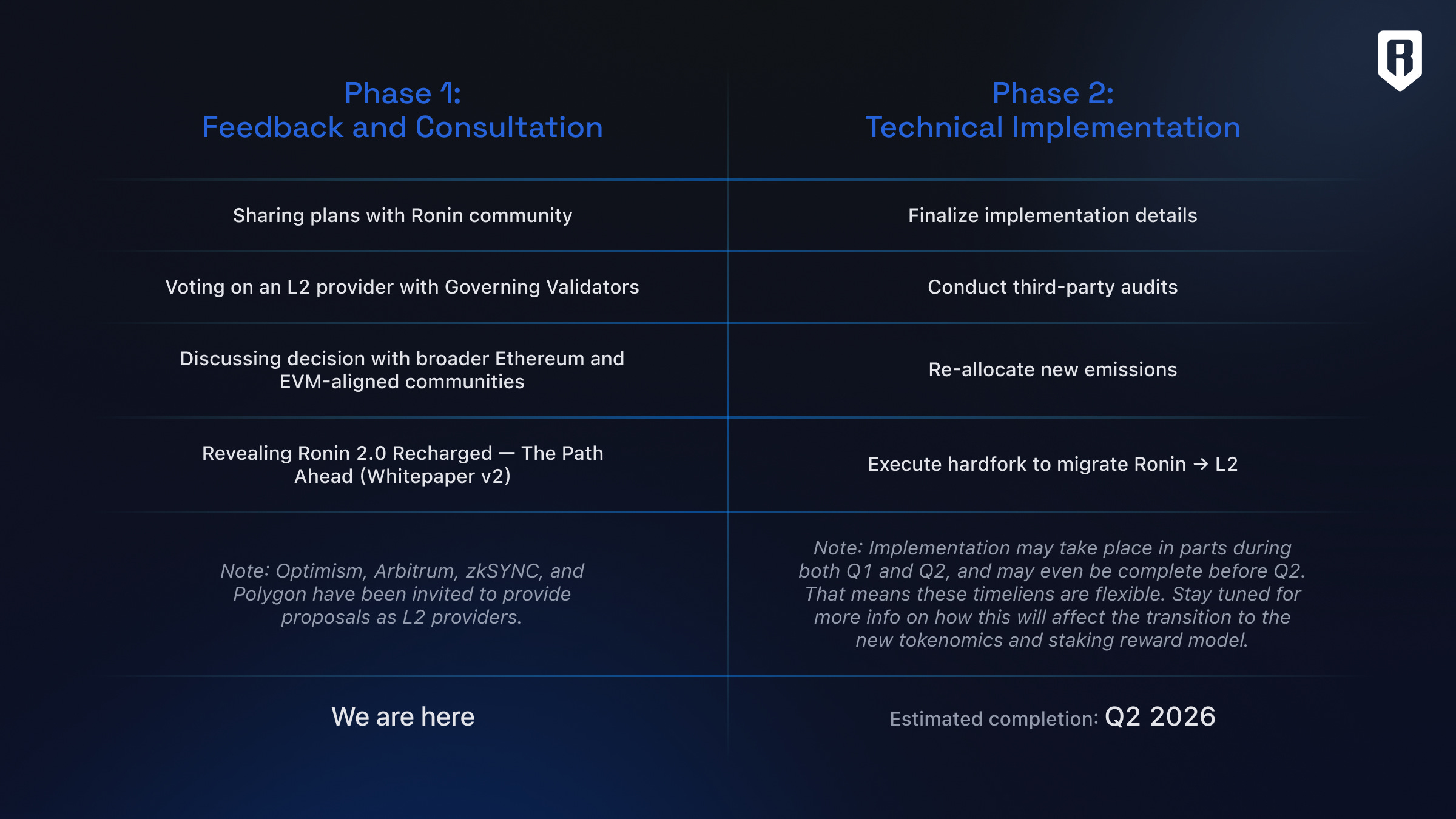
Long-Term Incentives for Builders: Ronin’s Proof-of-Distribution model is designed to reward developers who make sustained contributions to the ecosystem, prioritizing lasting impact over short-term speculation.
-
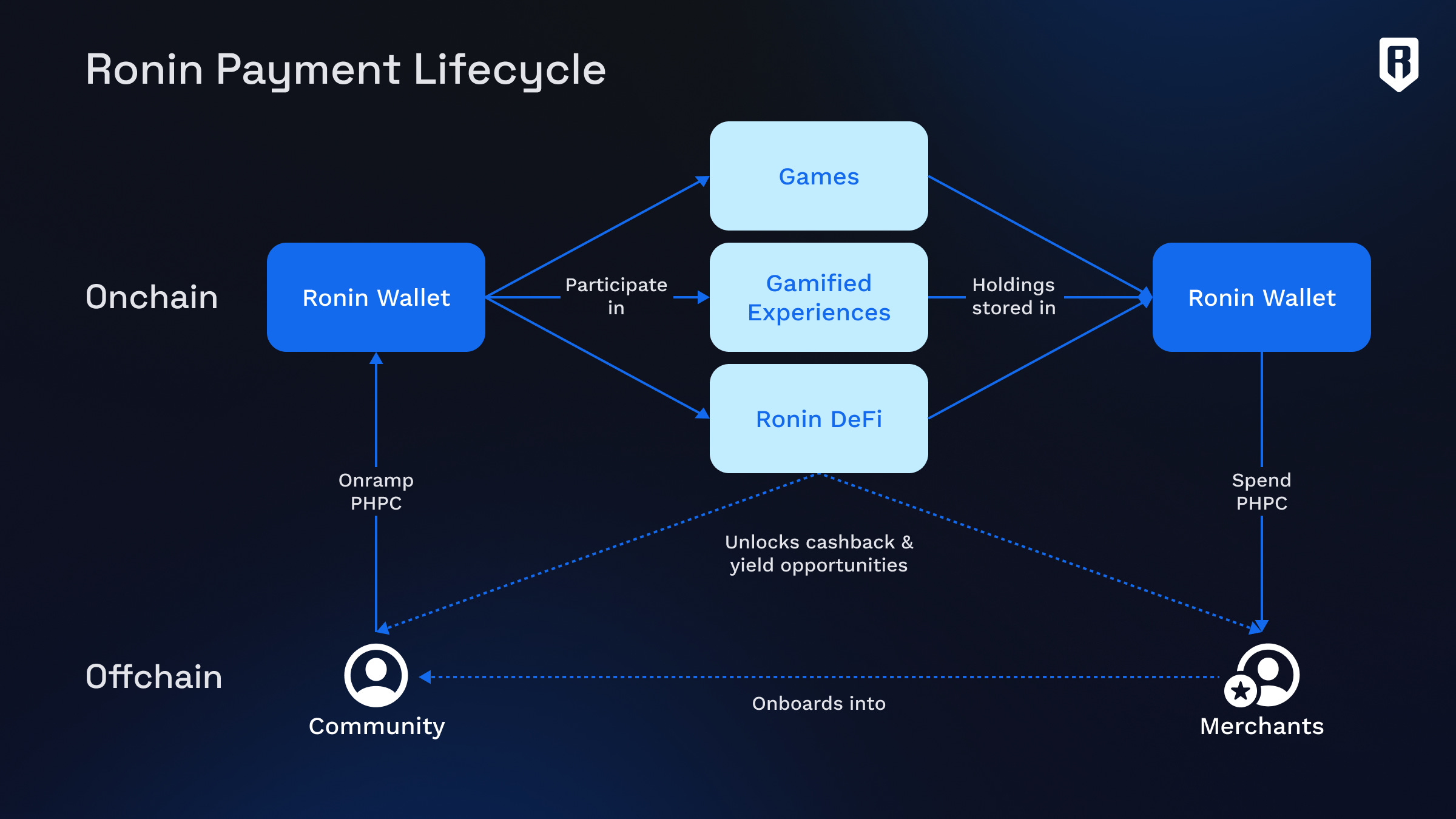
Transparent and Automated Rewards: The mechanism utilizes onchain data to automatically distribute RON tokens to eligible builders, ensuring a fair and transparent process.
-
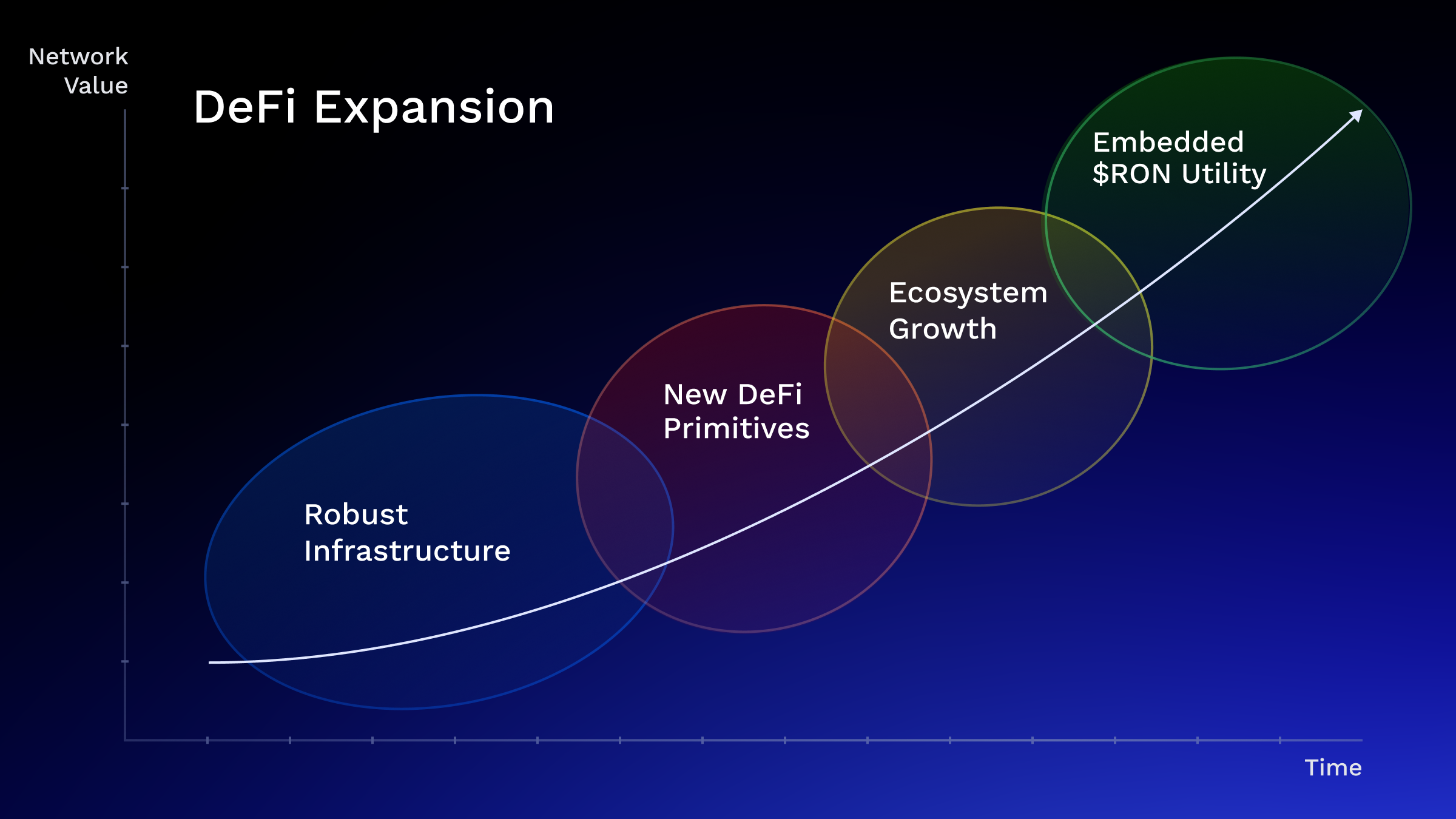
Alignment with Network Growth: Rewards are structured to scale with the overall growth and activity on the Ronin Network, directly linking builder incentives to the health of the ecosystem.
-
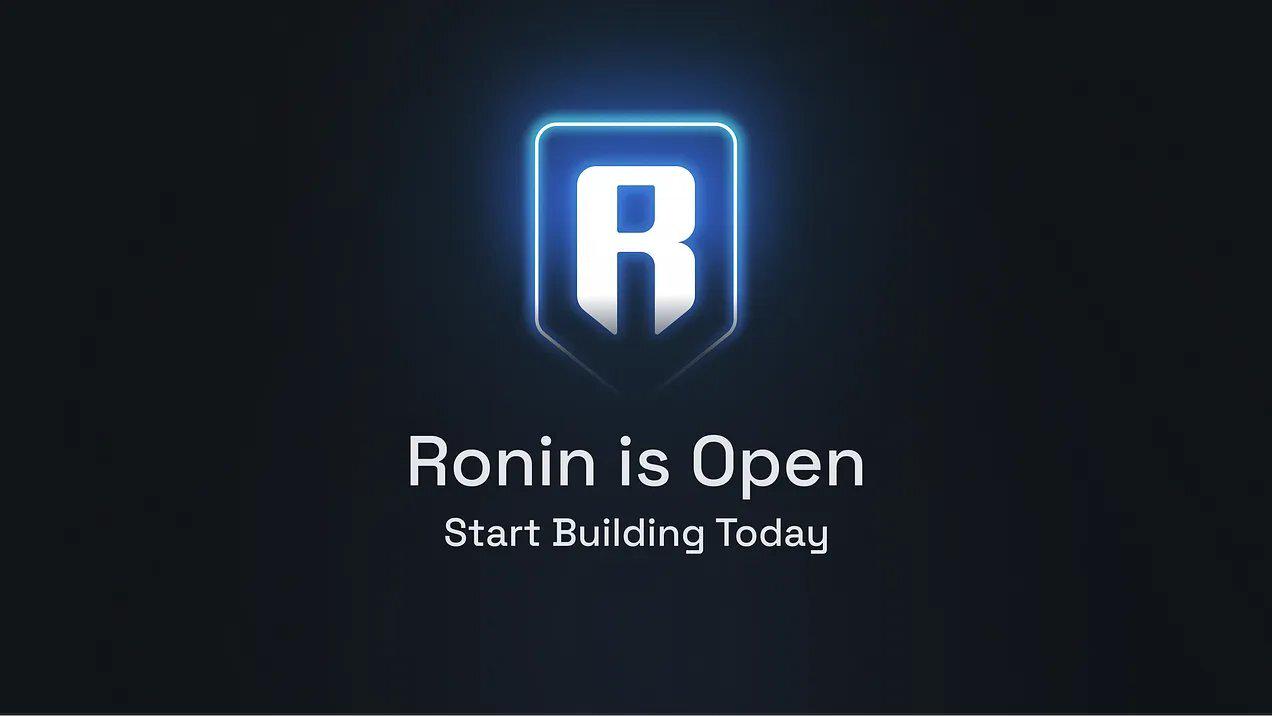
Support for Open-Source Contributions: The Proof-of-Distribution model encourages open-source development by recognizing and rewarding code contributions, fostering a collaborative environment.
-
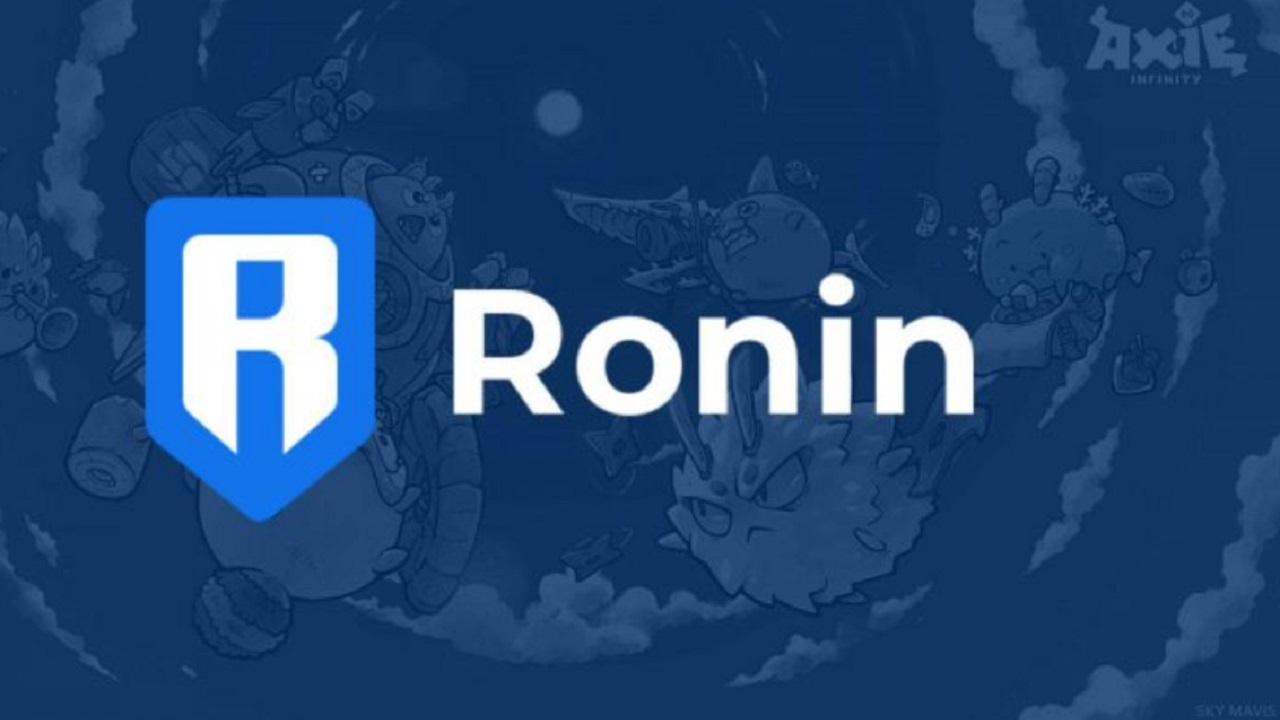
Governance Participation: Builders who receive rewards can participate in Ronin’s governance, giving them a direct voice in shaping the network’s future.
What Developers Should Watch as Ronin L2 Goes Live
The technical upgrades are impressive, but what really matters is developer experience. With full control over its tech stack after migration, Ronin will be able to roll out upgrades faster, respond to gaming-specific needs, and experiment with novel mechanics, without waiting on slow-moving governance from upstream chains.
- Interoperability: Seamless bridges to Ethereum mainnet and other OP Stack-based chains mean assets can flow freely between games and DeFi protocols.
- Security: By anchoring data on Ethereum, exploit risk drops dramatically compared to isolated sidechains.
- Dev Tooling: Access to Optimism’s battle-tested SDKs plus Polygon CDK unlocks rapid prototyping and easier onboarding for new teams.
This transition isn’t just about speed or cost, it’s about empowering an entire generation of game developers with infrastructure that finally matches their ambition.
The Road Ahead: Community, Governance, and Next Steps
The next 18 months will be pivotal. As governing validators finalize their review ahead of the hardfork expected by Q1, Q2 2026, community input will shape everything from fee structures to ecosystem grants. Already, $5, 7M in grants have been earmarked to attract new developers and accelerate app launches post-migration.
If you’re building in Web3 gaming or considering launching your project on Ronin Network Layer 2, now is the time to get involved. The network’s modular design means future upgrades, be it new zk-proofs or advanced cross-chain features, can be implemented without disruptive forks or downtime.
Should more gaming networks migrate to Ethereum-aligned Layer 2s like Ronin?
Ronin Network is transitioning from a standalone sidechain to an Ethereum Layer 2, aiming for faster speeds, lower fees, and better security. This move could reshape onchain gaming. Would you like to see other gaming networks follow suit?
The bottom line? With its OP Stack migration underway and a technical roadmap built for scale, security, and sustainability, Ronin is redefining what’s possible in onchain gaming. As RON holds steady at $0.4788 while anticipation builds for the L2 upgrade, all eyes are on how this bold move will reshape both developer incentives and player experiences across Web3. For an in-depth breakdown of how these changes impact DApps and users directly, check out our full guide at this link.
